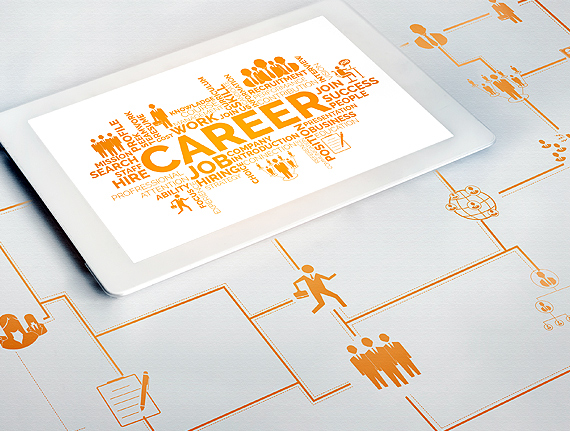COVID -19 has touched almost all aspects of our social and economic life. The way we conduct ourselves at work socially, and the way we associate ourselves culturally, the changes are far reaching and pervades all aspects of our lives. Similarly, a big shift has been in the education segment where the learning has moved from the brick ‘n’ mortar classrooms to online almost overnight!
Shifting from classroom to online classes
Given the obvious social distancing requirements, the shift to online mode has been almost instantaneous. Schools, Colleges and Institutions have made a beeline for third party apps like Zoom, Hangout or Team, trying to connect with their students remotely. In kind, parents have swiftly responded to fix all issues of broadband connectivity and devices at home. Due to the need of the hour, this transformation has been extremely quick, defying the natural evolutionary cycle, which might have taken years if not decades to actually happen.
Absence of peer learning
Online classes have ensured some form of continuity with daily log Ins and Instructor led or video-based learning sessions. But what the online mode is unable to recreate is peer to peer learning. Peer to peer learning is defined as students learning from and with each other in both formal and informal ways. Studies have demonstrated that the cognitive process of doing exercises together, raising questions and arriving at conclusions together greatly helps assimilate knowledge, which enhances a student’s understanding of the lesson. This is being overcome by the use of tools like blog discussions, online groups, Kahoot and other ICT tools like speaker views, virtual classrooms. However, these are early days and its real impact will unfold only in the coming months.
From seeing and doing to understanding and doing
In a regular classroom, the cognitive senses play a critical role. We see and adapt, learn and implement the theories which allows for exchanges and interactions. In the current scenario, how does this change? Online education shifts the balance of communication between teachers and students. Teachers are now giving one-sided lecture, unable to make eye contact with the students and students have to take charge of their attention span and deep learning.
These are drastic changes happening in the world of education at the moment, for millions of students around the globe. Hopefully as the lockdown and social distancing measures ease in the coming months, an integration of the online and classroom learning will be established overcoming the above obstacles and leading to a better education for all students…

